Accomplishments Large and Small – Diabetic Blog Week
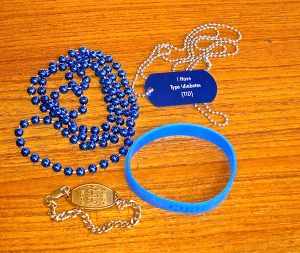
Blue
The color of diabetes awareness
How often are we given the opportunity to acknowledge our accomplishments, or are actually encouraged to share our pride? And, how often do we toil to learn a difficult task, one that we should be proud of, just to have it become routine and ho-hum? For example: Not many of us remember learning to walk or run, and then stop gracefully – which are all huge feats, if you think about it. But now walking is routine, and taken for granted, and the effort it took to learn, long forgotten. I believe, once a habit has become routine, it is human nature to disregard the fact that we had, at one time, accomplished a huge task. Let’s take today to celebrate where we are, and the path we took to get here.
When I look back at all that I (and my family) have accomplished in terms of living with my diabetes, I can easily become overwhelmed. Since being diagnosed as a very young infant in the 1950s, these are a few of the skills that I’ve had to practice:
- Giving (and getting) shots
- Using Test-tape (we/diabetics used to test our urine to check for sugar. That was the only way we kind-of guestimate what our blood sugar was.)
- Performing and interpreting finger-stick blood sugar testing
- Adapting to constantly changing eating regimens, and personal likes and dislikes
- Learning how to count carbs
- Learning about different types of insulin and when they peak and valley
- Learning how to juggle diet (with insulin), exercise (with insulin), emotions and stress (with insulin) – all a work-in-progress, while…
- Constantly figuring out how to correct my ‘mistakes’ when I over eat or give/get too little/too little insulin or when my blood sugar doesn’t like the color of my sox (or something), etc.
- Mastering (sort-of) the pump, dealing with depression, dealing with complications – for me it’s happening mostly in my eyes
- Finding other diabetics to talk to, and
- Getting a diabetic alert dog
Wow! Those are a lot of skills, and confronting each one deserves a moment of pride, if not a medal.
However, today’s topic for Diabetes Blog Week is to discuss my biggest accomplishment. This one is easy! My biggest accomplishment is that I am no longer ashamed that I am diabetic, and that I am no longer bashful about telling people that I have diabetes. For this momentous step forward, I can thank my diabetic alert dog, “Rainie”.
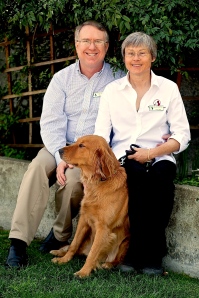
As a young child I was taught to hide my diabetes at all costs. I was taught that it was shameful and something not to be shared. I grew to be a self-reliant “chronic child,” never asking for help, even when I needed it badly. Despite desperately wanting to go, I was not allowed to go to Diabetic Camp. My parents wanted me to think of myself as a ‘normal child’; but instead, I felt felt very isolated, defective and alone. Unfortunately, I sub-consciously kept these beliefs about myself throughout college and nursing school – even after I’d specialized in diabetes. It was only after getting married that I learned I could ask someone (my husband) for help – he loved me even though I had diabetes!
This was when I began realizing that I have diabetes and I’m ok!
I continued to evolve and open up about who I am. In 2010 I decided to apply for a diabetic alert dog. One of the ‘things’ we were warned about is that when you have a service dog’s leash in your hand, people will ask very personal and inappropriate questions: “What is your dog for?,” or “What’s wrong with you?” or many other questions like that. With a service dog, it’s more difficult to ‘hide’ the fact that you are different.
Happily, I’ve learned to take these questions in stride. In fact, when people ask me about Rainie and what she does, I’ll usually say, “This is Rainie. She is a diabetic alert dog and smells for changes in my blood sugar. I am diabetic.” From here, the conversation can turn towards Rainie and diabetic alert dogs, or toward diabetes. It usually turns toward Rainie. It’s funny because not too long ago, my daughter mentioned that she couldn’t believe how easily I admit to being diabetic. “Mama,” she said, “It’s not like you. You’ve changed.”
I’ve been teaching about diabetes to patients, families and groups for years; and finally, after over 55 years of living with ‘type 1’, I’m finding I can proudly say, “Yes. I have diabetes.” And I’m glad I finally can.
I have diabetes and I’m ok!

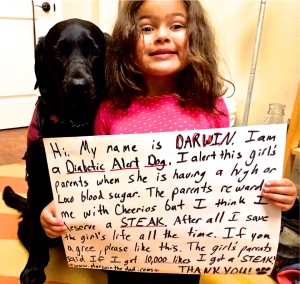

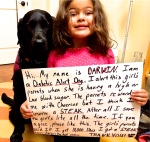
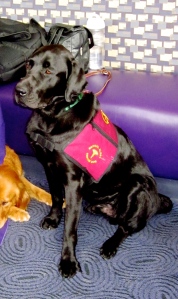
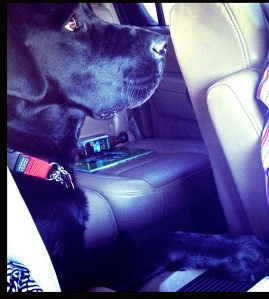
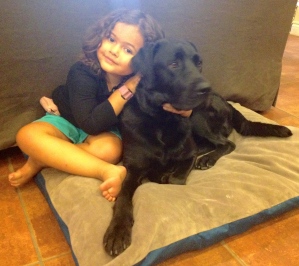
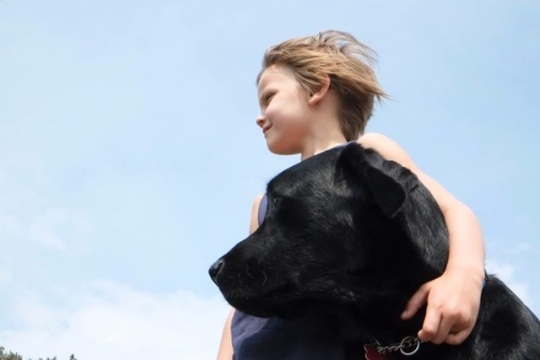
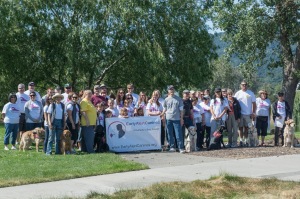

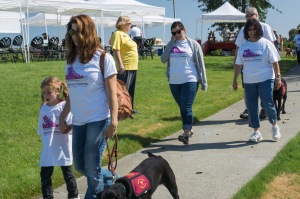
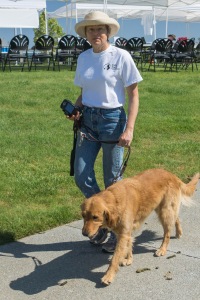
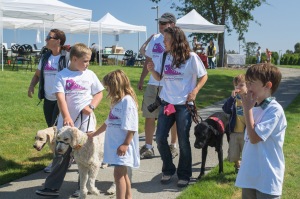
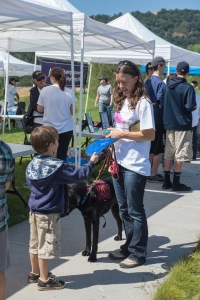



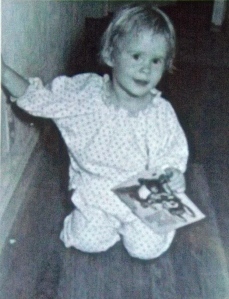
Written
on May 7, 2013